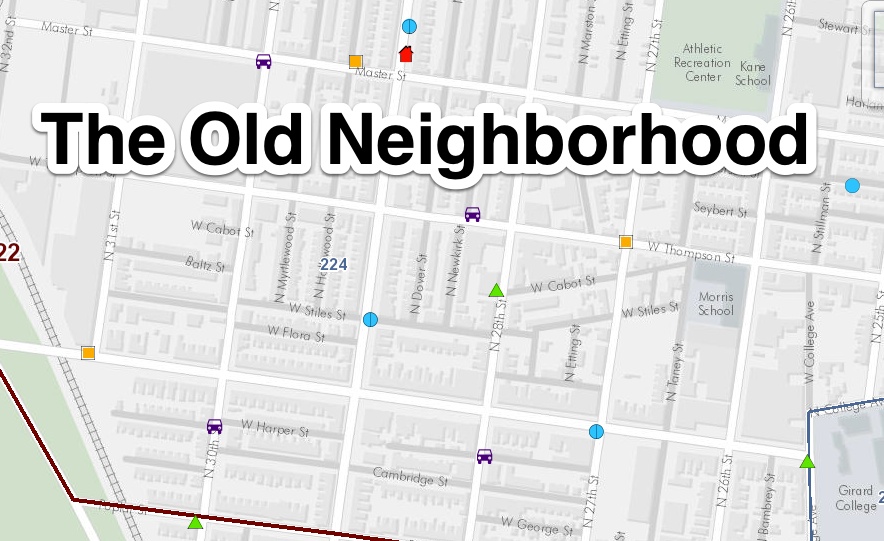 A bit ago, the City of Philadelphia updated its city map to include crime reports by location. Click on the map, zoom in, and you can see who’s been breaking the law near your house.
A bit ago, the City of Philadelphia updated its city map to include crime reports by location. Click on the map, zoom in, and you can see who’s been breaking the law near your house.
Naturally, I clicked through to see what nefarious activities have been going on in my old neighborhoods as of late. It turns out it’s not a bad thing I moved away.
After congratulating myself on moving away from a less-than-ideal neighborhood, I started considering the implications of maps and their role in classrooms. When I started teaching 8th grade in FL a decade ago, one of our first PD meetings focused on the fact that 8th-grade students did poorly on charts, maps and graphs on the annual state test. They just didn’t get them. As a language arts teacher, I attempted to bring more of these artifacts into my curriculum – dutifully doing my part to up the scores – but it was a difficult match to make.
Looking at Philly’s map now, though, I see an opportunity. Tonight, Bud Hunt and I were discussing the lack of need for textbooks in classrooms. Maps like Philly’s seem a great replacement. With a well-made map and an Internet connection, there’s no end to the number of questions, answers, and questions again students and teachers could work through in any class in the schedule.
“Us?” teachers could say, “Oh, we’ve got a map-based curriculum.”
History, math, science, English – all the core subjects are waiting for questions to be asked and answers to be unearthed in a map like this.
What would you do with it?
(Here’s a hint.)